A Chiropractors Guide To Important Shoulder Mechanics
The shoulder is one of the most complex regions of the body. Therefore, it is essential to understand shoulder mechanics for athletes such as volleyball players, swimmers, baseball pitchers, or weightlifters who often use their shoulders. However, you do not have to be an athlete to have shoulder pain. Our team of chiropractors and kinesiologists have treated our Kelowna patients who need treatment for various shoulder injuries. So, we decided to dedicate this month’s blog to the shoulder: highlighting the fundamental shoulder structure, common injuries, and a few exercises to help maintain a healthy shoulder. So, let’s dive right on in!
ANATOMY:
The shoulder joint is comprised of two joints – the acromioclavicular (AC) joint and the glenohumeral (GH) joint. The AC joint is where the acromion, a part of the shoulder blade (scapula) meets the collar bone (clavicle). The GH joint is where the humeral head and the glenoid of the scapula meet. The GH joint is the ball and socket joint that is most commonly thought of as the shoulder. Several other important structures of the shoulder include
· Eight muscles and three ligaments that support the GH joint
· Four muscles and four ligaments that support the AC joint.
Due to its complexity and various ligaments and muscles, the shoulder is susceptible to injuries. When a shoulder injury occurs, a thorough assessment is necessary to determine the exact cause of the pain.
Photo credit: Joionline.net
COMMON INJURIES SEEN IN ATHLETES WHO USE THEIR ARMS OVERHEAD:
Rotator Cuff Injuries – the rotator cuff is a group of muscles and tendons that surround the shoulder joint, keeping the head of the upper arm bone firmly within the shallow socket of the shoulder. An injury can be sore or torn muscles/tendons in this area.
Sprains and Strains – often, a shoulder sprain is a tear in the ligaments, and a strain is a tear in the muscles. Both strains and sprains occur when a backward force is placed on the arm or stretches the shoulders, anything from a direct fall on the shoulder to a sports injury.
SLAP Lesions – occur when there is an injury to the labrum of the shoulder (the ring of cartilage that surrounds the socket of the shoulder joint)
Impingement happens when the tendon of the shoulder's rotator cuff is pinched as it passes between the top of the upper arm and the tip of the shoulder.
Bursitis – an inflammation of a bursa, a thin, sac-like structure located where there is friction between two objects, often between tendons and bones or ligaments and bones.
Mobility and stability play a significant role in maintaining a healthy shoulder, so we recommend these different exercises to improve your shoulder health.
MOBILITY:
What does this mean? Mobility is the ability to move your joint freely and refers to the range of motion you have in the joint. The shoulder, due to its anatomy, is inherently mobile. Without a full range of motion in the joint, compensation will occur elsewhere in the body to allow you to complete your activity. Therefore, maintenance of this mobility is essential.
For example, without adequate shoulder mobility in the butterfly swimming stroke, the thoracic spine may compensate, leading to pain in the shoulder or elsewhere in the body. Try out this exercise to improve your shoulder mobility.
Shoulder Controlled Articular Rotations (AKA Shoulder CAR’s): A CAR is a movement that brings the joint through active full-end range or motion. It may look like a shoulder circle, but much more is behind it.
How to do it: First and foremost, movement, even slowly, is essential. Second, the shoulder joint should be the only one moving; try to focus on not moving any other body part.
To start, extend your arm, palm facing upwards, bring it across the body, and slowly move it up and overhead, once overhead and the arm is by the ear, turn your thumb forward and reach downward until the hand is by your side. You then reverse the motion.
photo credit: Medium
STABILITY:
Stability is the ability to control or maintain joint movement or positions. It can also be referred to as the ability to resist force. Due to the inherent mobility of the shoulder, stability is key to being able to control these ranges and is critical in injury reduction. When the body tightens or stiffens, it is often due to a lack of stability or control in the area or along the kinetic chain. Try out this exercise to increase shoulder stability:
Single Arm Bottoms Up Kettlebell Hold
How to perform: Assist with the opposite hand and bring the kettlebell to shoulder height with the bell pointing upwards. Pack the shoulder blade down and back to stabilize the shoulder. Brace through the core and hold. Begin withholding in the same position and progress to a walk while maintaining the position.
Image credit - Azumio
Do you find yourself in shoulder pain? Or do you have low flexibility or movement in your shoulder? Have you incorporated the above information into your activities but still experiencing pain or wanting to build upon these exercises?
Consult with the Chiropractic or Kinesiology Move RX team in Kelowna to determine the cause of dysfunction and for a specific rehabilitation program for your injury.
Start to live a pain-free life by clicking here.
Looking For More Information About Chiropractic Topics?
Learn more about our Kelowna Clinic here.
View our main Chiropractor page here.
Learn more about Dr. Col - Move RX’s Chiropractor, Owner & Clinic Director here.
How a Chiropractor Sleeps: The Secret to Sleeping Properly (learn how to get the best sleep for your body)



